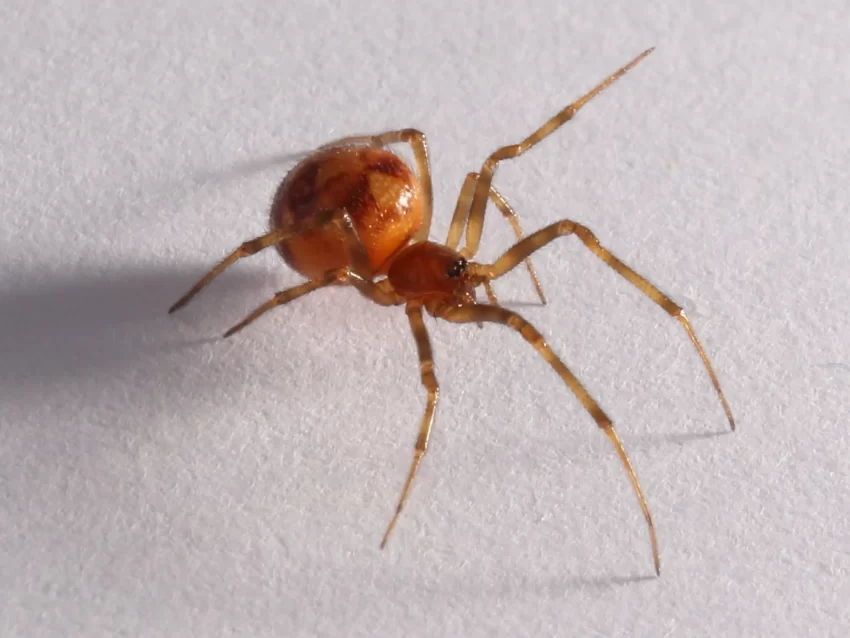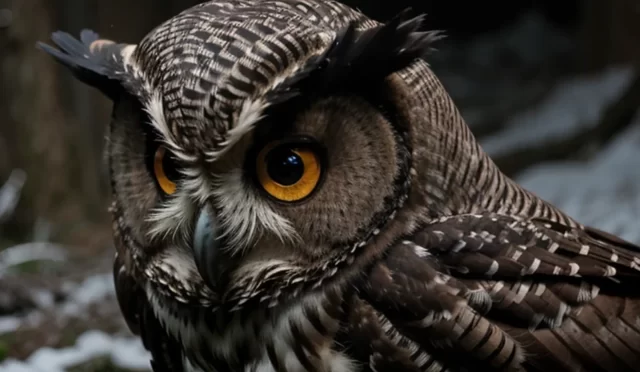Are you ready to dive into the intriguing world of the Triangulate Cobweb Spider, scientifically known as Steatoda Triangulosa? This remarkable arachnid is a true marvel of nature, boasting unique characteristics and behaviors that set it apart from its spider counterparts. Let’s embark on a journey to uncover the mysteries of this fascinating creature.
Physical Characteristics
When it comes to the Triangulate Cobweb Spider, its physical characteristics are truly remarkable. This spider, scientifically known as Steatoda Triangulosa, stands out with its unique features that distinguish it from other spider species. One of the most distinctive traits of this spider is its triangular-shaped abdomen, which sets it apart at first glance. Additionally, the Triangulate Cobweb Spider sports a dark coloration with lighter markings, creating a visually striking appearance that captures the eye.
In terms of size, the Triangulate Cobweb Spider is relatively small compared to other common spider species. Its compact build and intricate markings make it an intriguing subject for observation in the wild. This spider’s physical characteristics play a crucial role in its survival and adaptation to various environments, showcasing the wonders of nature’s diversity.
Is Triangulate Cobweb Spider Venomous?
Yes, Triangulate Cobweb Spider is venomous. However, its venom is not considered dangerous to humans. The bite of Triangulate Cobweb Spider may cause mild symptoms, such as localized pain, redness, and swelling at the bite site. Severe reactions are rare, and most people do not experience significant health issues from its bite.
It’s important to note that individual reactions to spider bites can vary, and some people may be more sensitive than others. If you are bitten by any spider and experience severe symptoms or have concerns about the bite, it is advisable to seek medical attention. Additionally, it’s always a good idea to be cautious around spiders and avoid unnecessary contact to reduce the risk of bites.
Habitat and Distribution
When it comes to the habitat and distribution of the Triangulate Cobweb Spider, also known as Steatoda Triangulosa, this fascinating arachnid has a diverse range of environments it calls home. These spiders are commonly found in various regions around the world, with a preference for dark and undisturbed areas. From forests to urban settings, the Triangulate Cobweb Spider showcases its adaptability by thriving in different habitats.
One interesting aspect of the Triangulate Cobweb Spider’s distribution is its ability to establish populations in both natural and man-made structures. These spiders can be spotted in outdoor spaces like gardens, bushes, and woodpiles, as well as indoor locations such as basements, garages, and sheds. Their versatility in habitat selection contributes to their widespread presence in diverse ecosystems.
When it comes to nesting preferences, the Triangulate Cobweb Spider shows a tendency to create its webs in secluded areas where they can remain undisturbed. These spiders construct intricate cobwebs close to the ground, utilizing crevices, corners, and gaps to secure their homes. By strategically placing their webs in low-traffic areas, these spiders can effectively capture prey while minimizing the risk of interference.
Despite their preference for hidden locations, Triangulate Cobweb Spiders are not limited to specific regions and can adapt to various environments. Their ability to thrive in both natural landscapes and human-made structures highlights their resilience and ability to coexist with different surroundings. Whether in the depths of a forest or the corners of a basement, these spiders demonstrate a remarkable capacity to flourish in diverse habitats.
Behavior and Diet
When it comes to the behavior and diet of the Triangulate Cobweb Spider, there are some intriguing aspects that set this spider apart from others. These spiders are known for their unique hunting techniques, which involve using their cobwebs to trap unsuspecting prey. Unlike some spiders that actively hunt down their food, the Triangulate Cobweb Spider patiently waits for insects to become ensnared in its web.
Additionally, the Triangulate Cobweb Spider has specific preferences when it comes to its diet. These spiders primarily feed on small insects like flies, mosquitoes, and other arthropods that get caught in their webs. Their diet plays a crucial role in maintaining the delicate balance of their ecosystem, as they help control insect populations in their habitats.
When it comes to mating rituals, the Triangulate Cobweb Spider follows a fascinating pattern. Male spiders often perform elaborate courtship displays to attract females, showcasing their agility and vibrancy. Once the mating process is complete, the female spider takes on the responsibility of caring for the eggs until they hatch, displaying a nurturing side to these otherwise solitary creatures.






